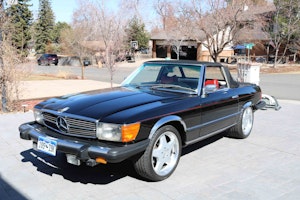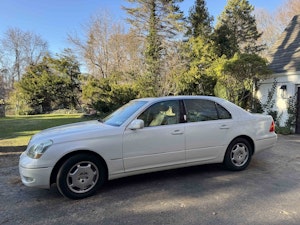Media | Articles
Better Late Than Never: IndyCar to Add Hybrid Power in July
In May of 2019, IndyCar announced that it would be moving to a hybrid powertrain. That August, IndyCar finalized its plans, confirming that the hybrid system would debut in 2022.
The new system was expected to do three things: First, it would allow drivers who stall out on track to re-start their cars and rejoin the race, rather than have to bring out a caution flag and summon a safety team to drive to the stalled car and re-start it. Second, it would boost the powertrain’s total output to over 900 horsepower.
And third, certainly having the real-world relevance to hybrid power in passenger cars would attract a much-needed third manufacturer to sign up for the IndyCar series, joining Honda and Chevrolet.

On Tuesday, five years after that original announcement, IndyCar said that the hybrid package would debut at the Honda Indy 200 race at Mid-Ohio Sports Car Course, which is set for July 5-7. Obviously, it has been delayed multiple times.
Addressing IndyCar’s expectations of the new hybrid systems: The drivers will indeed be able to re-start their cars without the aid of the safety team. This will mean fewer caution flags.
Second, in Tuesday’s announcement, IndyCar said the hybrid system would boost horsepower to “800+ for the first time in two decades,” and though it did say more power might be possible down the line, it’s still short of the promised 900.
Marketplace
Buy and sell classics with confidence
That 800-horsepower figure will be achieved when the driver presses two buttons: One will deploy the available electricity to supply additional power. The other is the existing Push to Pass feature, which lets the turbochargers briefly increase the boost, itself worth about 50 hp. (Push to Pass has been around since 2004, when the competing ChampCar series introduced it on its Ford Cosworth engines.)
The two power enhancers come with different rules. Push to Pass will still have a restriction on amount of time per use and total time used over the course of a race. Rules for the hybrid power unit will limit the amount of energy deployed per lap based on track length. Drivers will be able deploy the electric boost on all the circuits that the series visits. They will be able to combine it with Push to Pass on road and street circuits, but not ovals since Push to Pass is not available on those tracks.

The new hybrid system, jointly developed by Chevrolet and Honda, was more of a challenge than they were expecting, but the end result is a low-voltage, 48-volt unit that stores energy in 20 ultracapacitors instead of batteries. Capacitors work well for storing energy for brief periods, but aren’t great at long-term energy storage, which is fine for this application.

The hybrid equipment, called the ERS for energy recovery system, weighs in at about 120 pounds, a significant increase given the cars weigh 1630 pounds on most tracks, slightly less on ovals. It is contained in the bellhousing, located between the 2.2-liter, twin-turbocharged V-6 engine and the gearbox. IndyCar has done 23,518 miles of testing on hybrid-equipped cars, with more planned at the Milwaukee Mile in June.
Oh, and that third thing the hybrid system was supposed to do? Attract at least one more OEM, or original equipment manufacturer, besides Honda and Chevrolet to the IndyCar series? Hasn’t happened.
“This technology is very important to our current OEM partners, Honda and Chevy,” IndyCar President Jay Frye told the Indianapolis Star in 2019, “so if it’s important to them, then you can logically conclude it’s important to other OEMs.”

Perhaps, but it seems only IMSA, the sports car series, has been able to attract many new manufacturers, as it currently has 18. The competing SRO series, in the GT3 sports car class alone, has nine.
So we’ll see if another manufacturer will sign up for IndyCar. Regardless, the series is pretty strong now, and excitement is building for the 108th Indianapolis 500 on May 26. Maybe the hybrid system will keep IndyCar in the conversation well after its biggest race.
***
Check out the Hagerty Media homepage so you don’t miss a single story, or better yet, bookmark it. To get our best stories delivered right to your inbox, subscribe to our newsletters.
















Better late than never, and Indycar has such an exciting racing product that this should only hopefully help. I get the delays vs. when it was promised isn’t a great look, but introducing it mid-season should give some excitement and a curve ball to the 2024 championship standing.
With the recent controversy around the push to pass button it hopefully will get some additional publicity with another button for added boost.
I was happier with them when their “partners” were Offenhauser and Novi, and a short circuit was a half mile.
I don’t really care if they do the hybrid thing or not. Hopefully the cars will sound good. That has been a problem with F1 cars for awhile.